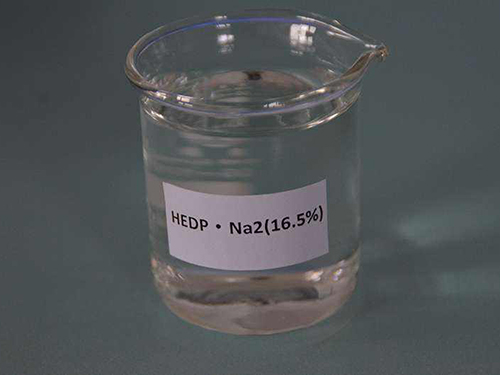Understanding the Processes of Coagulation and Flocculation in Water Treatment Systems
Understanding Coagulation and Flocculation in Water Treatment
Coagulation and flocculation are critical processes in water treatment and wastewater management, playing a pivotal role in ensuring that water is safe for human consumption and environmental discharge. The effectiveness of these processes hinges on the removal of suspended particles and colloids in water, which can include organic matter, microorganisms, and inorganic substances.
Understanding Coagulation and Flocculation in Water Treatment
Following coagulation, the process of flocculation takes place. In flocculation, gentle stirring or mixing is applied to the water, promoting the aggregation of micro-flocs into larger, more settleable particles called flocs. This is achieved through the use of flocculants, which are often high-molecular-weight substances that bridge the spaces between floc particles. The role of flocculation is crucial as larger flocs settle more easily, allowing for efficient removal from the water during subsequent treatment steps.
coagulation flocculation

The overall effectiveness of coagulation and flocculation can be influenced by various factors, including water temperature, pH, and the presence of dissolved organic materials. Operators of water treatment plants must carefully monitor these parameters, adjusting the type and dosage of coagulants and flocculants to optimize the treatment process.
Once the floc particles are formed, they can be removed from the water through sedimentation, where gravity causes the heavier flocs to settle at the bottom of a tank, known as a clarifier. The clarified water can then be subjected to further treatment processes, such as filtration and disinfection, to ensure that it meets health and safety standards.
In conclusion, coagulation and flocculation are essential processes in the treatment of water and wastewater. By enabling the removal of suspended particles and improving water clarity, these processes not only enhance the aesthetic quality of water but also play a vital role in protecting public health and the environment. Proper application of these techniques can lead to effective water management practices and support sustainable water resources for future generations. Understanding the intricate mechanisms behind coagulation and flocculation allows water treatment professionals to deliver safer drinking water and maintain ecological balance in aquatic systems.
-
Water Treatment with Flocculant Water TreatmentNewsJun.12,2025
-
Polymaleic AnhydrideNewsJun.12,2025
-
Polyaspartic AcidNewsJun.12,2025
-
Enhance Industrial Processes with IsothiazolinonesNewsJun.12,2025
-
Enhance Industrial Processes with PBTCA SolutionsNewsJun.12,2025
-
Dodecyldimethylbenzylammonium Chloride SolutionsNewsJun.12,2025





